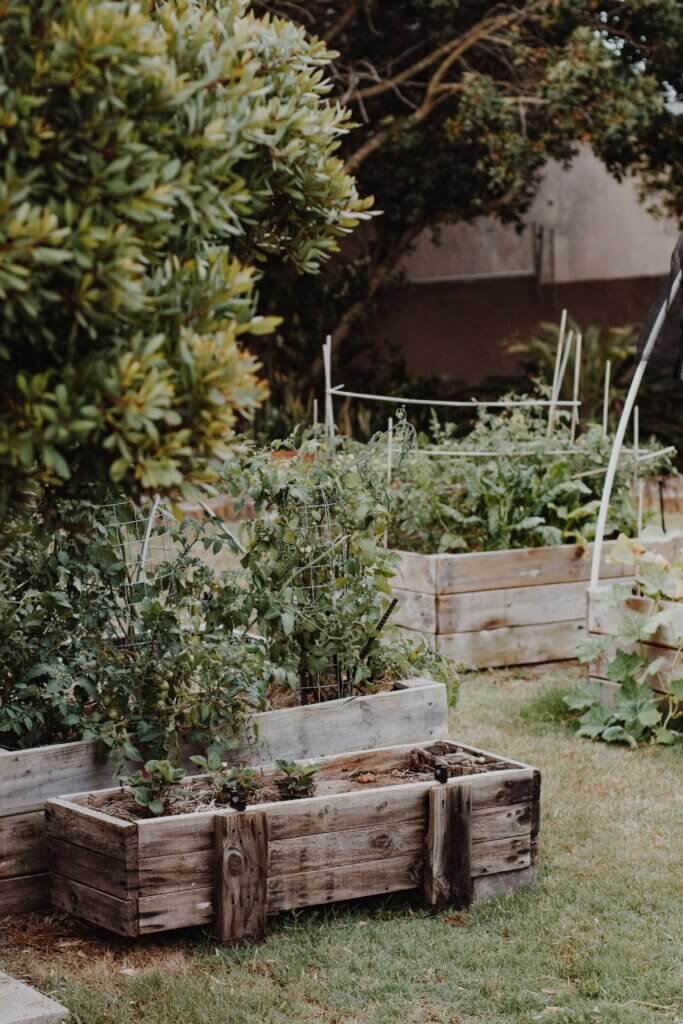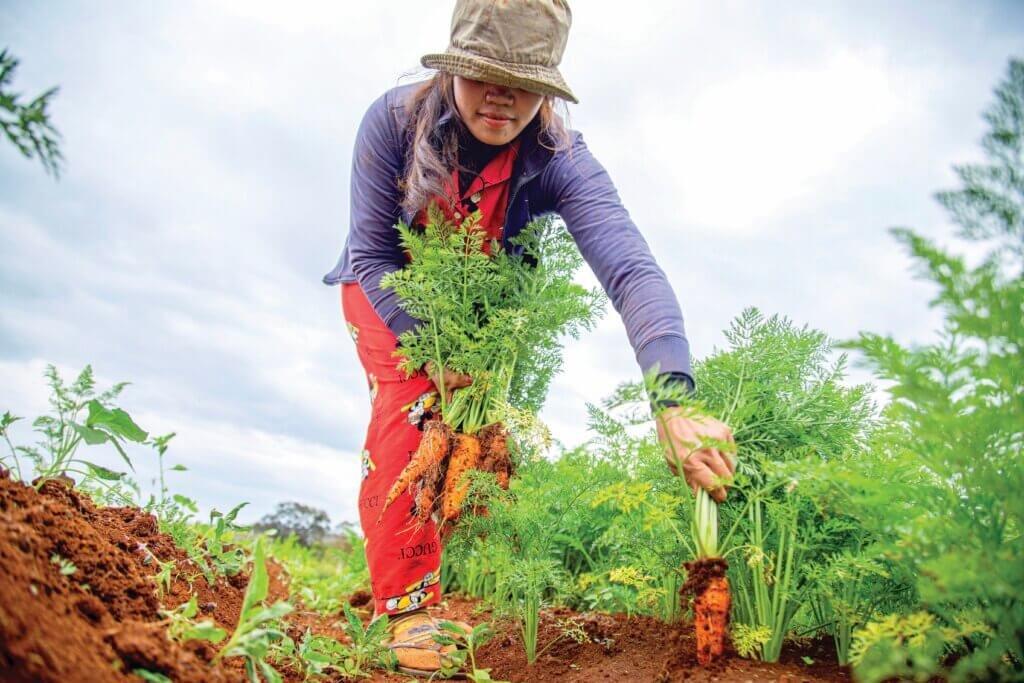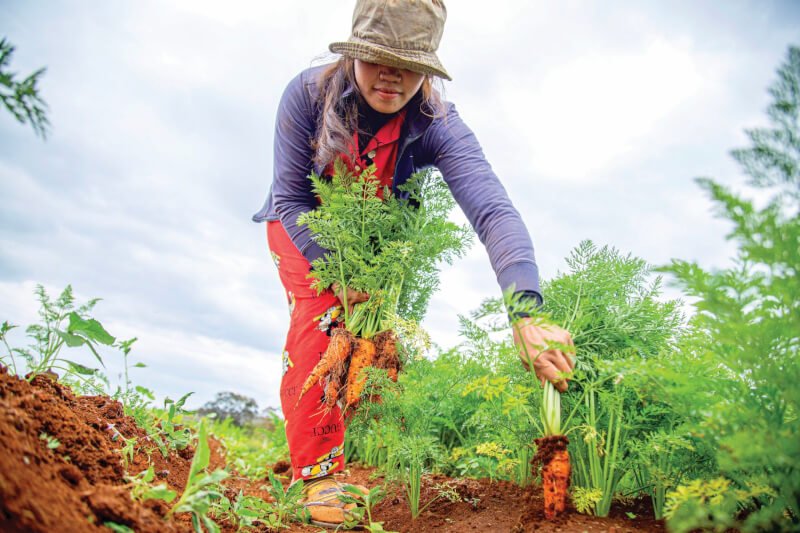Have you ever wanted to start a community garden in your urban neighborhood but didn’t know where to begin? Look no further! This article will provide you with a step-by-step guide on how to start a community garden in an urban area. From finding the right location and securing community support to planning and implementing the garden, we will walk you through the process so that you can bring your vision of a thriving green space to life. Get ready to transform your urban surroundings into a flourishing oasis for all to enjoy!

Step 1: Determine the Need for a Community Garden
When considering starting a community garden in an urban area, it is essential to first determine the need for such a space. Begin by evaluating the existing green spaces in the area. Take note of any parks, vacant lots, or unused areas that could potentially be transformed into a community garden. Assessing the demand for community gardens is also crucial. Talk to local residents, community leaders, and organizations to gauge their interest and enthusiasm for such a project. Additionally, identify potential partners or collaborators who can provide support and resources throughout the process.
Step 2: Secure a Suitable Location
Securing a suitable location is a critical step in establishing a successful community garden. Start by identifying available spaces that can be used for a community garden. Consider factors such as accessibility and sunlight. The garden should ideally be within walking distance of local residents and receive a sufficient amount of sunlight for plant growth. Next, determine the ownership or permission to use the land. Contact the relevant authorities or property owners to discuss the possibility of utilizing the space for a community garden.

Step 3: Conduct a Community Interest Meeting
Before diving into the establishment of a community garden, it is important to gauge community interest and gather valuable feedback. Organize a community interest meeting where residents can learn about the benefits and purpose of a community garden. Explain how it can enhance the neighborhood, promote sustainability, and foster a sense of community. Encourage participation and create an open space where attendees can share their thoughts, ideas, and concerns regarding the project. This meeting will provide valuable insights and help build a supportive community foundation.
Step 4: Form a Garden Committee
To ensure effective management and operation of the community garden, form a garden committee. Recruit enthusiastic individuals from the community who are passionate about gardening and community development. Assign roles and responsibilities within the committee to ensure that all aspects of the garden are adequately managed. It is essential to have diverse representation within the committee to foster inclusivity and ensure that all community members are represented.

Step 5: Develop a Garden Plan
Developing a comprehensive garden plan is vital for the successful establishment of a community garden. Start by creating a layout design that optimizes the available space and ensures efficient use of resources. Determine the size and number of garden plots, taking into consideration the anticipated demand from community members. Plan for common areas and amenities such as seating areas, paths, and storage spaces. A well-thought-out garden plan will serve as a blueprint for the future development and organization of the community garden.
Step 6: Establish Garden Rules and Guidelines
To maintain harmony and ensure a positive gardening experience, it is important to establish clear rules and guidelines for the community garden. Develop a set of rules for garden plot allocation, clearly defining the process for assigning and maintaining individual plots. Additionally, establish guidelines for garden maintenance and upkeep, addressing tasks such as watering, weeding, and pest control. It is also crucial to address issues related to organic gardening practices and pesticide use to promote environmentally friendly gardening practices within the community garden.

Step 7: Acquire Necessary Resources
To start a community garden, it is essential to gather the necessary resources. Source gardening tools and equipment that will be needed for garden maintenance. Explore options for acquiring seeds, seedlings, and plants for the community garden. Consider setting up composting and waste management solutions to ensure proper disposal of organic waste. Building a network of local suppliers, volunteers, and organizations can significantly contribute to acquiring the necessary resources for the community garden.
Step 8: Seek Funding and Support
Securing sufficient funding and support is crucial to maintaining a sustainable community garden. Research available grants or funding opportunities that can provide financial assistance for garden-related expenses. Engage with local businesses or organizations to explore potential sponsorships or in-kind donations. Promote the community garden and its mission to attract donations from individuals and organizations passionate about community development and sustainable living.

Step 9: Prepare the Garden Site
Before launching the community garden, it is important to adequately prepare the garden site. Clear the land of any debris or obstacles to create a clean and safe gardening space. Prepare the soil by testing its quality and making any necessary improvements, such as adding organic matter or adjusting the pH levels. Install necessary infrastructure, such as a reliable water supply system for irrigation and fencing to protect the garden from pests and unauthorized access. Ensuring the site is properly prepared will lay a strong foundation for successful gardening activities.
Step 10: Launch and Maintain the Community Garden
After completing the previous steps, it’s time to launch and maintain the community garden. Organize a grand opening event to celebrate the garden’s establishment and invite community members to participate. Establish a schedule for regular maintenance and upkeep tasks to ensure the garden remains vibrant and well-maintained. Encourage community involvement by organizing garden-related activities, such as workshops, educational sessions, and social gatherings. By fostering a sense of community and continuously maintaining the garden, the community garden can become a flourishing hub of green space and social interaction.
Starting a community garden in an urban area requires careful planning, coordination, and community involvement. By following the outlined steps and ensuring inclusivity and sustainability, you can create a thriving community garden that enriches the lives of local residents and enhances the environment. So gather your community members, roll up your sleeves, and start transforming a vacant space into a flourishing garden that brings people together and cultivates a sense of belonging. You have the power to make your urban area greener and more vibrant through the establishment of a community garden.


